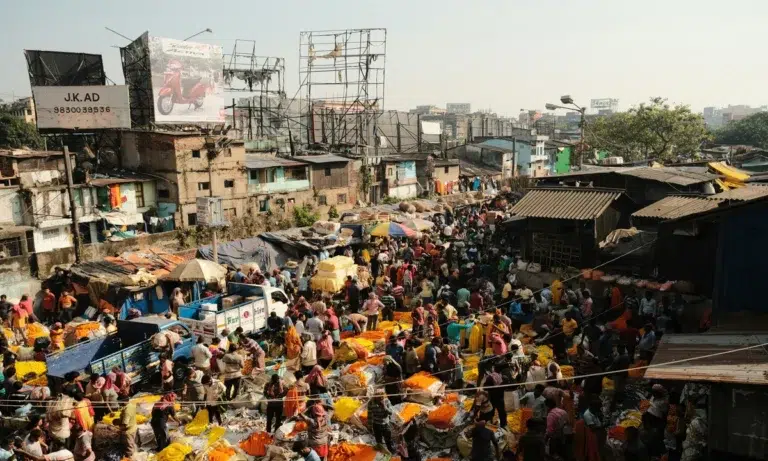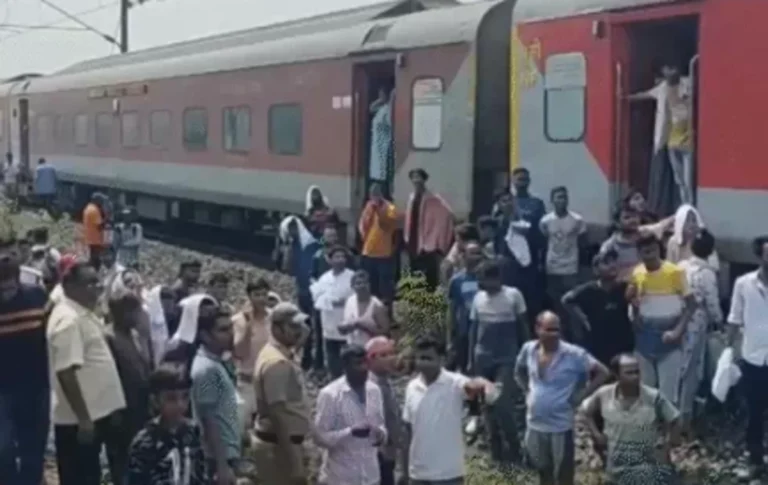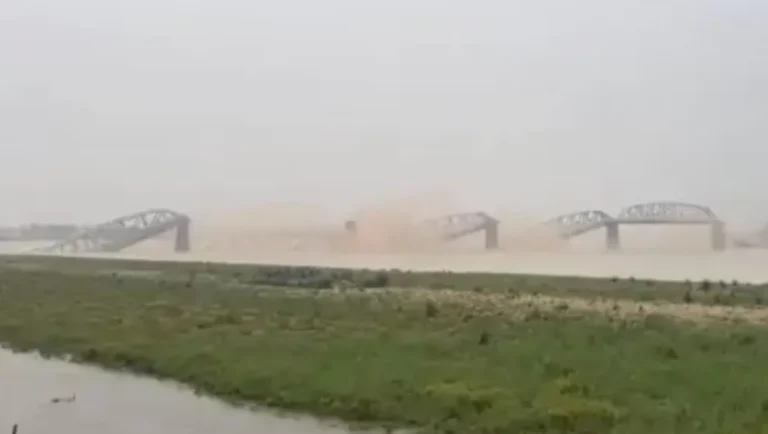Conducting the census in India is based on more than entering the number of individuals residing in the country; it’s much about the project on which earmarking for the future is planned. It is an exercise every decade to make a sound, indepth analysis of all social, economic, and demographic images of the count country and disk policies-formulating as well as resource allocation and allocation for social justice and economic progress that these would ensure.
It started with the British period in 1872 and conducted a proper scientific census in 1881, which established a tradition that becomes regular. It became every ten years from 1951 to 2011 after independence. But the 2021 census? It still holds itself hostage. For the first time after 1947, the process deemed important has found itself in an impasse, and the reports are resounding across the country.
A Data Drought with Deep Roots
The census is not only about numbers; everything else is built upon them–welfare schemes to urban planning. For a sprawling nation of about 140 crore people, that datum is worth gold. It tracks everything from variation in population, births, and deaths, growth of cities, literacy, employment, even caste-wise division. But the postponement of the 2021 Census has left us really in the dark, so to speak. The most glaring reason? COVID-19. When the pandemic hit India in 2020, the lockdowns and chaos pushed the census off the table. Fair enough. Now, look at us, four years on in March 2025, with no start date in sight. Then, what’s the hold-up?
The government remains tight-lipped over a timeline while life has moved on. Experts have started to whisper that it may not be about logistics; it may also have its share of politics. The census happens in tandem with the updating of the NPR (National Population Register)-an extremely sensitive issue that is correlated with the CAA (Citizenship Amendment Act) and the NRC (National Register of Citizens). These are issues that draw sharp political lines, inflaming protests from opposition parties as well as civil society groups opposed to what they perceive to be a Census used for exclusion. That backlash, it can guess, has something to do with the delay. Meanwhile, the public is left wondering.
Then there is the technical aspect. The census of 2021 was supposed to become fully digitized-simple mobile apps and web portals used. A huge jump, but it requires serious prep: training lakhs of workers, fine-tuning tools, fixing the questionnaire. And then that questionnaire? In limbo right now, especially with that ever-simmering demand for caste data close to boiling over. The pandemic disrupted those plans, and the pendulum hasn’t swung back the other way. Policy paralysis isn’t helping either.
Economic and Social Fallout Hits Hard
It is a headache caused by bureaucracy, but more than that, it destroys lives. Take economic planning. Programs like the National Food Security Act (NFSA) depend on census data on which they base their delivery of food and subsidies. Presently, they’re stuck to 2011 numbers, and 14 years is a long time-a far-bigger urban sprawl, with moving rural people, with shifting poverty lines. Old data misfires on policies, with the result that the provision intends for wrong resource locations and empty-handedness for genuine needy people.
Social Justice now faces the creeping threat of backlash. Caste is a highly sensitive, messy, essential issue in India. Political parties and activists have clamored for a caste-based census to ascertain numbers of Other Backward Classes (OBCs) among others. The last good caste census date was in 1931; the 2011 Socio-Economic Caste Census has not been regarded as a success to most people. The 2021 census was supposed to redress this, but the longer it has taken, the murkier it seems, and stalling social policies continues.
On the other hand, they may consider civilized ways of discussing urbanization. Unstoppable as it is, the urban boom in India is causing the spread of slums and changes in rural density. What would be your plan for water, power, or housing without new statistics? This data-void is waiting to turn into catastrophe in a climate change era where every resource is very precious. Education and healthcare? The story doesn’t change-. Apparently, the population of school-aged children has changed since 2011, but we are just guessing. Health programs-such as vaccines, or maternal care-depend on data that we do not have. COVID-19 has torn open this sore. The next crisis may be the one to take us down hard.”
A Political and Global Domino Effect
The ripple goes deeper than that; politically, this delay could probably disrupt representation entirely. As the delimitation redraw of Lok Sabha and Vidhan Sabha seats are dependent on population, it was proposed to be done in 2026 based on 2021 data. That is now in limbo. For example, states like South India, which already saw sluggish rates in growth, and North India, where growth rates skyrocketed, will probably turn fiery over splitting populations and seats. It is a regional powder keg.
India is conveying a bad message globally too. The wider world relies on Indian statistics, including the United Nations, to figure out numbers on Sustainable Development Goals (SDGs). With no updates made since 2011, our credibility stands at stake. For a developing giant, that’s a bad thing: International aid and partnerships could easily be affected.
What is the fix? The government should move-now. Smooth some things over, announce a date, and get this done. Certainly, the delay is an ugly one. However, it is really a window of opportunity. Done well, this India census could fill the old gaps and position India for the long haul. Do nothing, and development stalls. The clock is running out.




